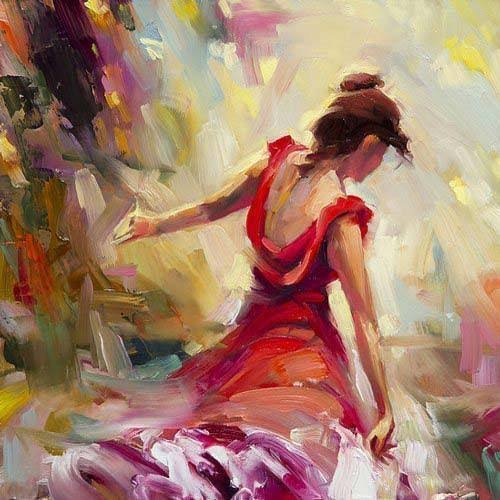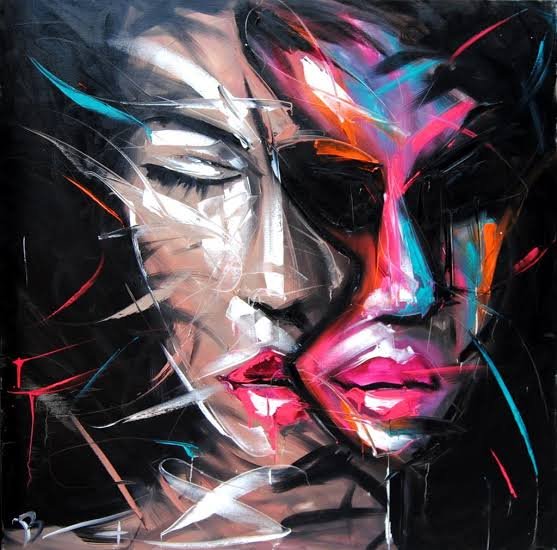In European tutorial traditions, art is art developed primarily for aesthetics or beauty, identifying it from ornamental art or applied art, that conjointly has got to serve some sensible operation, like pottery or most metalwork.
Within the aesthetic theories developed within the Italian Renaissance, the very best art was that which allowed the complete expression and show of the artist’s imagination, unrestricted by any of the sensible issues concerned in, say, creating and decorating a pot.
it had been conjointly thought-about necessary that creating the design failed to involve dividing the work between completely different people with specialised skills, as could be necessary with a chunk of piece of furniture, as an example. Even among the fine arts, there was a hierarchy of genres supporting the quantity of inventive imagination needed, with history painting placed more than picture.

History of Fine art:
Historically, the 5 main fine arts were painting, sculpture, design, music, and poetry, with arts together with theatre and dance. In follow, outside education, the idea is often solely applied to the visual arts. The master print and drawing were enclosed as connected forms to painting, even as prose kinds of literature were to poetry.
Today, the variety of what would be thought-about fine arts in thus far because the term remains in use unremarkably includes extra fashionable forms, like film, photography, video production/editing, design, and abstract art.
One definition of art could be a visual art thought-about to possess, created primarily for aesthetic and intellectual functions and judged for its beauty and significance, specifically, painting, sculpture, drawing, watercolor, graphics, and design. In this sense, there are abstract variations between the fine arts and also the ornamental arts or applied arts, these 2 terms covering mostly an equivalent media.
Read more articles at: https://www.unveil.press/prostitution-and-the-life-of-prostitutes/
As a way because the shopper of the art was involved, the perception of aesthetic qualities needed a refined judgment typically brought up as having elegance, that differentiated art from fashionable art and amusement.
The word fine doesn’t most denote the standard of the design in question, however the purity of the discipline per ancient Western European cannons. Except within the case of design, wherever a sensible utility was accepted, this definition originally excluded the “useful” applied or ornamental arts, and also the product of what were thought to be crafts.
In up to date follow, these distinctions and restrictions became primarily unmeaning, because the idea or intention of the creator is given importance, despite the suggestions that through that this can be expressed.

The term is often solely used for Western art from the Renaissance forwards, though similar genre distinctions will apply to the art of different cultures, particularly those of East Asia. The set of “fine arts” are typically conjointly referred to as the “major arts”, with “minor arts” equation to the ornamental arts. This may generally be for medieval and ancient art.
According to some writers, the idea of a definite class of art is an associate degree invention of the first fashionable amount within the West. Larry Shiner in his The Invention of Art: A Cultural History (2003) locates the invention within the eighteenth century: There was a standard system of the humanities within the West before the eighteenth century.
different ancient cultures still have an analogous system. In this system, an associate degree creator or trained worker was a talented maker or practitioner, a piece of art was the helpful product of consummate work, and also the appreciation of the humanities was integrally connected with their role within the remainder of life.
“Art”, in different words, meant or so an equivalent issue because of the Greek word “techne”, or in English skill, a way that has survived in phrases like “the art of war”, “the art of love”, and “the art of medication.” Similar ideas are expressed by Paul Oskar Kristeller, Pierre Bourdieu, and Terry Eagleton. The Ideology of the Aesthetic, tho’ the purpose of invention is usually placed earlier, within the Italian Renaissance; Anthony Blunt notes that the term arti di disegno, an analogous idea, emerged in European country within the mid-16th century.
















































